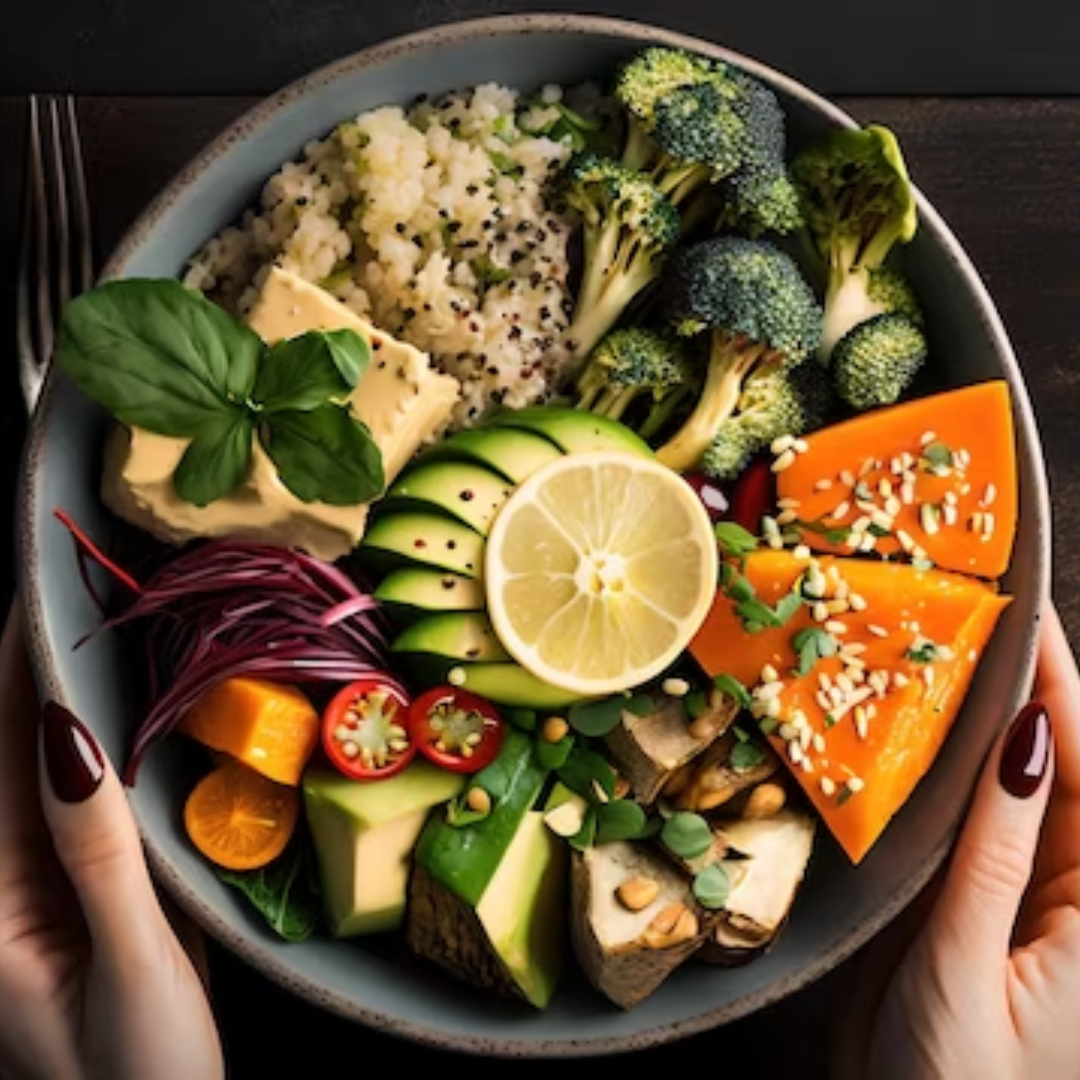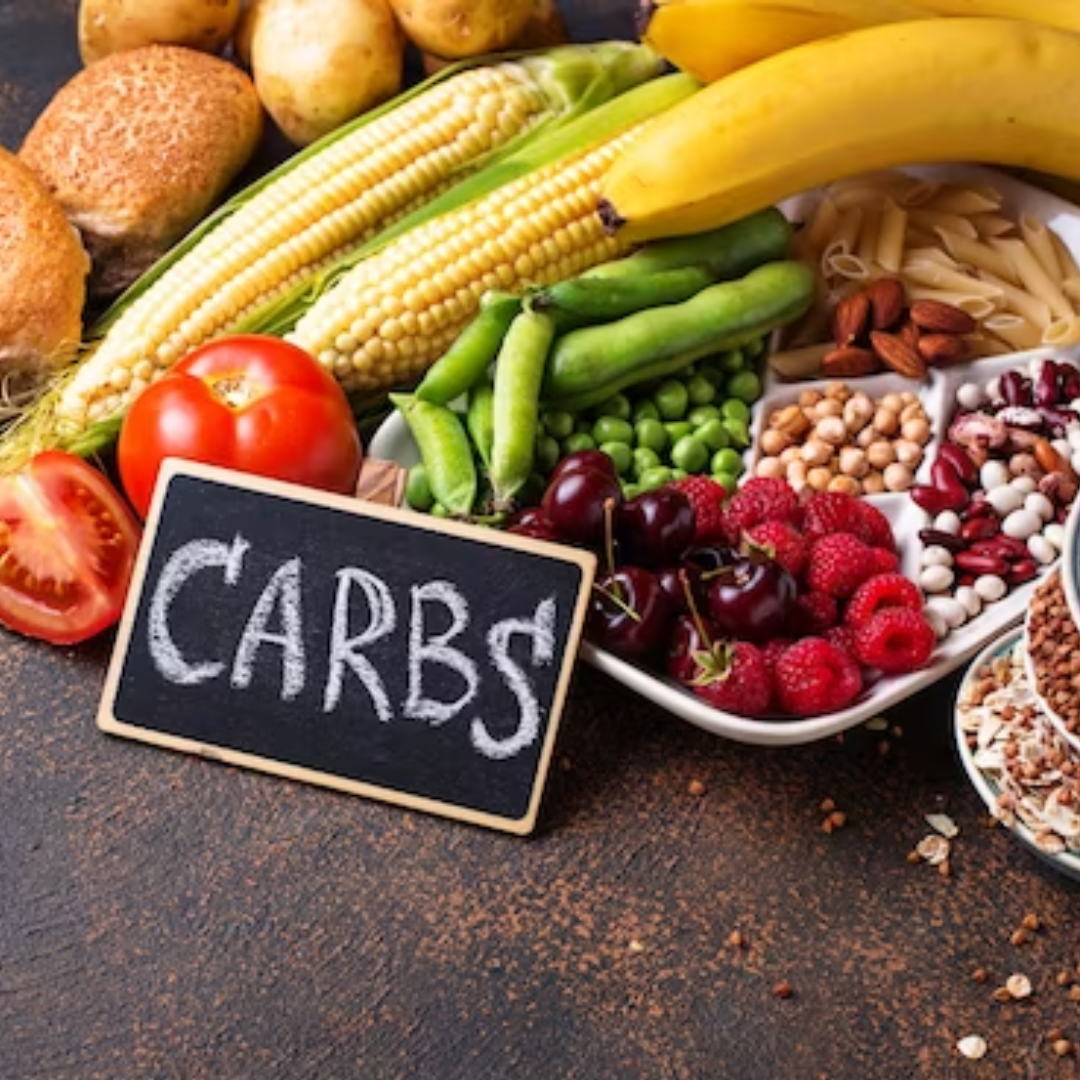Revitalize Your Diet with India’s Finest Low-Carb Foods

India, a land known for its rich culinary heritage, offers an exciting array of low-carb foods that not only delight the taste buds but also cater to various health and dietary needs. The concept of low-carbohydrate diets might seem modern, but in the Indian context, it intertwines with centuries-old traditions, religious practices, and regional cuisines. Let’s embark on this fascinating journey to understand what low-carb foods in India entail and how they can revitalize your diet.
✔️ The Need for Low-Carb Foods in India
- Health Considerations: With rising rates of obesity, diabetes, and heart diseases, low-carb diets have become essential for many Indians. They assist in weight loss, blood sugar control, and improved metabolic health.
- Lifestyle Choices: For fitness enthusiasts, weight watchers, or those looking to adopt a cleaner eating approach, low-carb foods offer an attractive dietary alternative.
- Diverse Dietary Preferences: Whether you’re vegetarian, non-vegetarian, or vegan, low-carb foods in India provide a variety of options to suit every palate.
✔️ Low-Carb Ingredients in the Indian Kitchen
- Grains like Millet and Quinoa: These ancient grains are nutritious and low in carbs, making them suitable for health-conscious individuals.
- Vegetables like Cauliflower and Spinach: Indian cuisine uses various low-carb vegetables to create satisfying and delicious meals.
- Protein Sources like Chicken, Fish, and Paneer: These staples provide necessary proteins without adding unnecessary carbs.
✔️ Adapting Indian Cuisine for a Low-Carb Lifestyle
- Traditional Dishes: Many Indian dishes are already low in carbohydrates or can be adapted with minimal adjustments.
- Modern Twists: From cauliflower rice biryani to almond flour chapatis, creative innovations make low-carb eating exciting and accessible.
✔️ Challenges and Misconceptions About Low-Carb Eating in India
- Common Hurdles: Some face difficulties in accessing low-carb ingredients or balancing nutrients.
- Debunking Myths: Low-carb doesn’t mean any flavor or satisfaction! With the right approach, it can be fulfilling and flavorful.
✔️ Low-Carb on a Budget in India
- Affordable Options: Low-carb eating doesn’t have to break the bank. Shopping locally and seasonally can be budget-friendly.
- Shopping Tips: Knowing where to shop and what to look for can make low-carb shopping an enjoyable experience.
History of Low-Carb Diets in India: A Rich and Diverse Journey
🔥 Ayurveda and the Concept of Balance:
- Ayurveda: The ancient Indian system of medicine and wellness, known as Ayurveda, emphasizes a holistic approach to health. It recognizes the importance of balance in the diet, including balancing different tastes and food qualities.
- Importance of Carbohydrates: Ayurveda doesn’t specifically focus on low-carb Foods diets but emphasizes the importance of digestion and individual body constitution. For some individuals, reducing carbohydrates and emphasizing proteins and fats may be recommended.
- Personalized Diets: Ayurvedic practitioners often prescribe personalized diets, which may be low-carb for those with particular imbalances or health conditions.
🔥 Religious and Cultural Practices:
- Fasting Traditions: Many Indian communities observe fasting as a spiritual practice. Fasting in different forms may involve restricting certain food groups, including carbohydrates.
- Vegetarianism: Indian vegetarian diets often emphasize lentils, legumes, and dairy products, which can be adjusted to suit a low-carb food lifestyle.
🔥 Influence of Colonial and Modern Times:
- Western Influence: The British colonial period introduced new dietary concepts and foods, some of which might have influenced the perception of carbohydrates.
- Modern Health Trends: With globalization and the spread of Western dietary patterns, low-carb diets gained popularity in India as a means of managing obesity, diabetes, and other metabolic disorders.
🔥 Indigenous Knowledge and Local Practices:
- Local Ingredients: Various Indian communities have long utilized local and seasonal ingredients that are naturally low in carbohydrates, such as millets, leafy greens, and certain seeds.
- Traditional Recipes: Many traditional Indian recipes are inherently low in carbs or can be easily adapted to a low-carb lifestyle.
🔥 Medical and Scientific Emphasis:
- Diabetes Management: India is often referred to as the diabetes capital of the world. Low-carb diets have become an essential tool for managing blood sugar levels in the country.
- Nutritional Awareness: With the rise in nutritional science and awareness, the understanding and application of low-carb diets have become more nuanced and widespread in India.
🔥 Popularization in Recent Years:
- Fitness Trends: Low-carb diets have become popular among fitness enthusiasts and those looking to lose weight.
- Media and Celebrity Influence: Cookbooks, blogs, celebrity endorsements, and media coverage have played a role in popularizing low-carb Foods diets in modern India.
Also, read Paneer vs. Soya Chunks Paneer Vs Soya Chunks
Benefits of a Low-Carb Foods Diet
Low-carb Foods diets are associated with numerous health benefits, including:
✅ Weight Loss
A low-carb diet may aid in weight loss by reducing insulin levels and encouraging the body to burn fat for energy. The sense of fullness from protein and fat also leads to reduced hunger and calorie intake.
✅ Improved Blood Sugar Control
For those struggling with blood sugar levels, low-carb diets can provide better control. By reducing carbohydrate intake, the fluctuations in blood sugar are minimized, aiding those with diabetes or insulin resistance.
Low-Carb Foods in India
1. Low-Carb Grains:
Indian cuisine offers an array of low-carb Foods grains that are not only nutritious but also delicious:
- Quinoa: Known as a superfood, quinoa is protein-rich and a great substitute for traditional grains.
- Millets: Varieties like foxtail millet and pearl millet are high in fiber and minerals, making them ideal for a low-carb Foods diet.
- Amaranth: This ancient grain is gluten-free and rich in protein, a perfect addition to salads and soups.
2. Low-Carb Vegetables:
Indian cooking utilizes a range of vegetables that are low in carbohydrates:
- Spinach: A nutritional powerhouse, spinach is a versatile addition to salads, soups, and stews.
- Cauliflower: Often used as a rice substitute, cauliflower can be transformed into delicious low-carb Food dishes like cauliflower rice or pizza crust.
- Broccoli: High in fiber and vitamins, broccoli can be steamed, sautéed, or roasted for a tasty low-carb Foods side.
3. Low-Carb Fruits
Not all fruits are high in carbohydrates; some are perfect for a low-carb Foods diet:
- Avocado: Rich in healthy fats, avocados are a staple for many low-carb Foods enthusiasts.
- Berries: Strawberries, blueberries, and raspberries have a lower carb content, allowing for a sweet treat without the guilt.
- Watermelon: Hydrating and low in carbs, watermelon is a refreshing summer choice.
4. Low-Carb Protein Sources
India’s low-carb Foods diet isn’t limited to just plant-based foods; there are also protein-rich options:
- Paneer: A fresh cheese that’s a beloved vegetarian protein source, paneer can be grilled, sautéed, or added to curries.
- Chicken: Grilled, roasted, or cooked in a flavorful low-carb curry, chicken is a versatile option.
- Fish: Fish like salmon and mackerel are high in omega-3 fatty acids and can be baked, grilled, or poached.
5. Spices & Herbs in Low-Carb Foods Cooking:
Indian spices and herbs are essential in low-carb cooking, adding flavor without adding carbs:
- Turmeric: Known for its anti-inflammatory properties, turmeric can be added to soups, stews, and even smoothies.
- Cinnamon: Besides its delightful aroma, cinnamon helps in regulating blood sugar, making it great for low-carb Foods diets.
- Fenugreek: Used both as a herb and a spice, fenugreek has medicinal properties and adds a unique flavor to dishes.
6. Low-Carb Foods – Snacks and Sweets
Yes, low-carb snacks and sweets are possible! Examples include:
- Nuts and Seeds: Almonds, walnuts, chia seeds, and flaxseeds are great for snacking.
- Low-Carb Desserts: Utilizing almond flour, coconut flour, and sugar substitutes, one can create low-carb versions of traditional sweets.
Spices & Herbs in Low-Carb Foods Cooking
Indian spices and herbs, such as turmeric and cinnamon, not only add flavor but also possess medicinal properties that align with a low-carb Foods lifestyle.
Indian Low-Carb Foods Recipes
Breakfast Options
- Paneer Bhurji
- Almond Flour Pancakes
Lunch and Dinner Options
- Grilled Chicken with Salad
- Lentil Soup
Tips for Starting a Low-Carb Foods Diet
Embarking on a low-carb Foods diet in India is not challenging. Begin with small changes like replacing traditional grains with low-carb alternatives and increasing vegetable intake. Consulting a nutritionist for personalized guidance can also be beneficial.
Conclusion
Revitalizing your diet with India’s finest low-carb foods can be a life-changing experience. Embracing the rich flavors and nutritious options available allows for a satisfying and health-conscious lifestyle. Give it a try, and feel the transformation!
FAQs
- Water Intake Calculator: Everything You Need to Know - September 7, 2024
- 5 Weight Gain Drink Recipes for Healthy Bulking - March 29, 2024
- High-Calorie Banana Shake for Weight Gain - March 27, 2024









